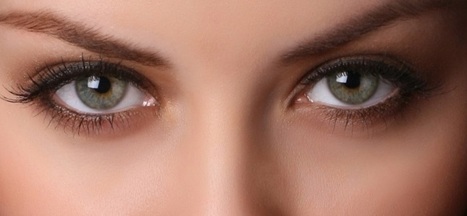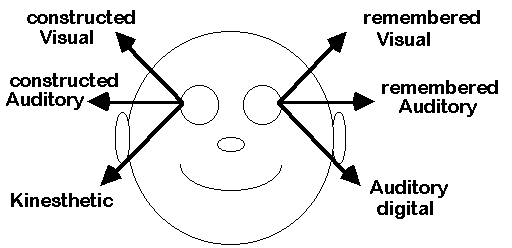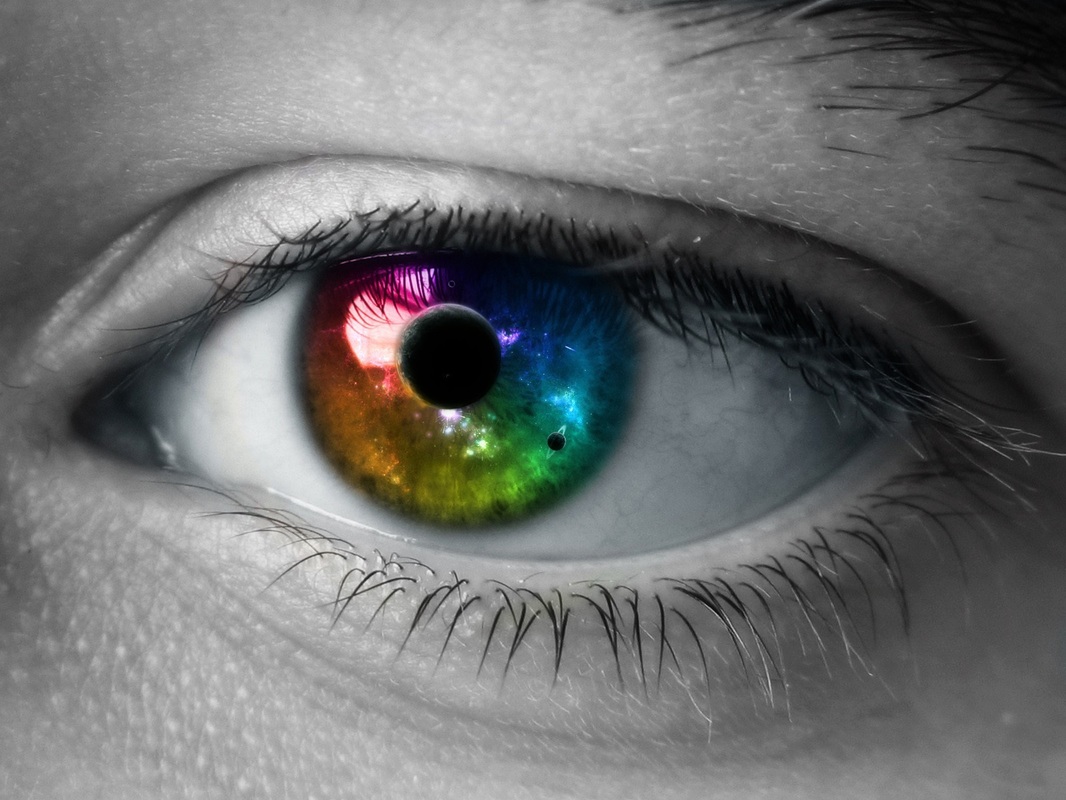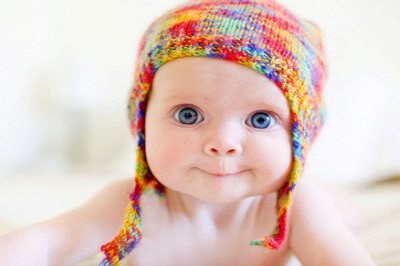After she left the room I sat back in my chair somewhat stunned. I had been grading tasting exams for years but rarely bothered to look up and watch someone while they tasted because I was always so focused on scoring. This was a huge wake-up call. Could there really be a connection between eye positions and expertise/success in tasting?
The Theory of Eye-Accessing Cues
The answer to this question may lie in a phenomenon called eye-accessing cues. American psychologist William James first hypothesized a relationship between eye movements and internal representation in his 1890 work, Principles of Psychology. But it wasn’t until the 1970’s that John Grinder and Richard Bandler at U.C. Santa Cruz observed eye patterns in relation to different kinds of memory during a study they were conducting on language patterns. Since then neurologists have confirmed that lateral and vertical eye movements can be associated with the activation of different parts of the brain.They believe these eye movements provide insight into how people access internally stored information.
In their work Bandler, Grinder, and colleagues observed that test subjects used consistent eye movement patterns when answering specific categories of questions. For example, most people looked up and to the left when asked questions that entailed visual memories. Questions involving visual imagination caused most subjects to look up and to the right. Questions evoking auditory memories elicited lateral eye movements to the left while those concerning auditory imagination resulted in lateral eye movements to the right. Queries that required internal dialogue made subjects look down and to the left; questions about anything kinesthetic (pertaining to physical or emotional sensations) resulted in eye movements down and to the right. It’s important to note that not everyone demonstrated the same eye patterns. In some subjects, particularly some who were left handed, the movements were reversed. Regardless, everyone was found to use eye patterns on a consistent basis to access various memory functions. Here’s a chart that illustrates the basics of eye accessing cues:
1. When first picking up the glass to smell the wine I look down and to the left, with an inner voice (my own) asking, “What’s there?” Any aroma I recognize is confirmed immediately by a mental image of the fruit, spice, or other element in question.
2. I then look laterally to the right, comparing what I’ve just smelled with the memory of a verbal description that either I or someone else has made.
3. I conclude the sequence by looking up and to the left at a large image of the MS deductive tasting grid, making sure I haven’t left anything out.
Hallbom explained how my eye patterns could be related to eye-accessing cues. When I looked down and to the left I was experiencing internal dialogue. Looking laterally to the right showed a connection to auditory memory, involving sounds or conversations from the past. Finally, by looking up and to the left at my mental tasting grid, I was using the standard eye position for visual memory.
After the film sessions and my experience with the student from Colorado I began to observe the eye patterns of all the students I coached. What I quickly found was that any experienced taster had a set pattern of eye movements with a definitive–and consistent–starting position. These students might alternate among as many as a half-dozen eye positions in rapid succession but they practically always started in the same place. It was as if they had somehow found their neurological starting point for tasting—a crucial development. By comparison the eye positions of novice tasters were all over the map with no consistent starting point. I’m now convinced that using a consistent starting eye position when smelling/tasting wine is the single most important strategy anyone can employ. It allows us to be consistent as far as starting a complex internal mental sequence the same way every time.
Then and Now
In the years since those initial film sessions my eye patterns for smelling and tasting wine have become much simpler and far more elegant if only because I’m intensely aware of them. They are as follows:
1. When I put my nose in the glass I still immediately look down and slightly to the left about an arm’s length away. My gaze, and this is important, is slightly unfocused.
2. As soon as I internally ask the question, “What’s there?” or “What am I smelling?” my eyes move; they immediately go out in front in the center at eye level. I’m looking in front of me between three and five feet away. My eyes are still slightly unfocused. What causes my eyes to move? Easy answer: when I’m looking down initially I’m asking a question. To answer the question of what I’m smelling in the glass my eyes move out front to receive the answer in the form of an image of the aroma—be it a fruit, spice, or whatever.
3. The sequence repeats itself quickly multiple times and doesn’t end until I’m convinced I’ve gotten everything out of the nose of the wine.
Being in Two Places at the Same Time
In the last several years something else also changed with my tasting sequence that was completely unforeseen. Frankly, it’s not easy to describe. In the past few years I’ve noticed that once I’m in my “zone” really focused on smelling a wine my eye pattern changes. I go from alternating between looking down left and straight out in front of me to looking at some point about half way in between. At that point my eyes usually go a bit more out of focus. It’s as if I’m holding both places at the same time; literally holding both the asking and answering functions of my brain simultaneously. Just now, with an empty wine glass in hand, I’m able to quickly and easily get into a place where I’m holding both places/functions at the same time. For me this is a trigger, a starting point, to be able to quickly get into a deep focused state of concentration.
1. Stand up—you’ll be able to focus much better than you do sitting down.
2. Pick up the glass and smell the wine.
3. Take note of whether you find a comfortable and familiar place to train your gaze while you’re smelling. If so, this could be your starting point.
4. If not, focus your eyes downward (at a 15-20° angle from the floor) and straight ahead while still smelling the wine.
5. Point your free hand in the exact direction of your gaze.
6. From there, move your eyes and free hand together, slowly, from left to center to right.
7. Gradually find the one place that feels comfortable and familiar—it shouldn’t take long to locate it.
8. Once you find your starting place, be sure to mark it clearly in your memory.
9. Use your starting eye position whenever beginning to smell or taste a wine.
10. *Remember that it’s just your starting place. After you begin to examine the wine your eyes will move to various places as you process the information in the glass and use different aspects of your memory. To point, you won’t have to be concerned about specific eye positions because your brain—and eyes—will figure out exactly what to do. But again remember to start in the same place every time! You’ll be glad you did.
Cheers!
nn



